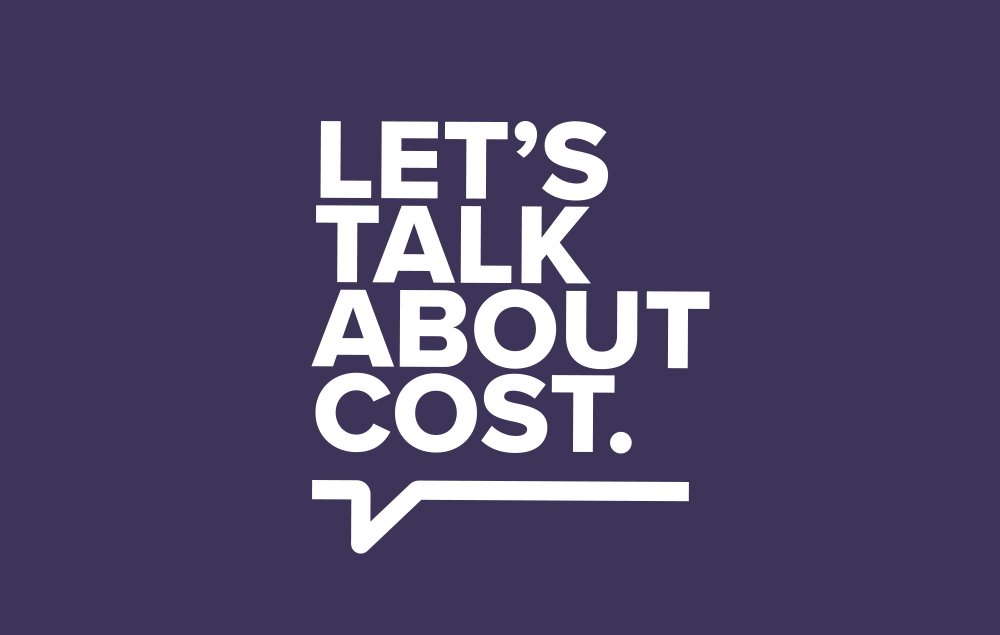A recent analysis from the Health Care Cost Institute (HCCI) on health care spending overestimates medicine spending and pricing and mischaracterizes the true drivers of health care spending in the commercial market. The analysis significantly overstates commercial medicine spending and growth by failing to account for rebates, discounts and other price concessions, which have doubled since 2012, and now lower the list price of brand medicines by 40% on average.
Here are three things you need to know about the report:
- HCCI acknowledges the role of rebates and discounts in lowering medicine costs but relies on a flawed methodology that focuses on the undiscounted prices of medicines. As a recent report by the White House Council of Economic Advisers (CEA) stated, “List prices are perhaps the least important measure of price for prescription drugs.” By failing to account for rebates and discounts, HCCI significantly overstates growth in medicine prices.
- Framing the report’s main findings around gross prescription medicine spending (rather than spending after rebates and discounts) provides a misleading view of the drivers of health care spending growth. When accounting for estimated rebates and discounts, HCCI found that commercial spending on prescription medicine grew just 8.9% from 2014 to 2018, a substantially lower growth rate than the 20.6% over the same period cited as the main finding in the overall report.
- Professional services and hospital outpatient care, not spending on medicines, were the largest drivers of employer health care spending from 2014 to 2018. During this period, spending on hospital outpatient services increased by more than 20%, primarily due to increasing emergency room (ER) costs. While the number of ER visits increased by a modest 7% over the study period, total spending on ER visits increased 32% as a result of a 23% increase in prices charged to employers.
By focusing on gross medicine spending, HCCI overstates medicine spending and prices and fails to recognize the true drivers of increasing health care costs, such as hospital spending, or address the incentives in the system that are driving up costs for employers without improving patients’ quality of care.
To learn more, visit www.letstalkaboutcost.org.



